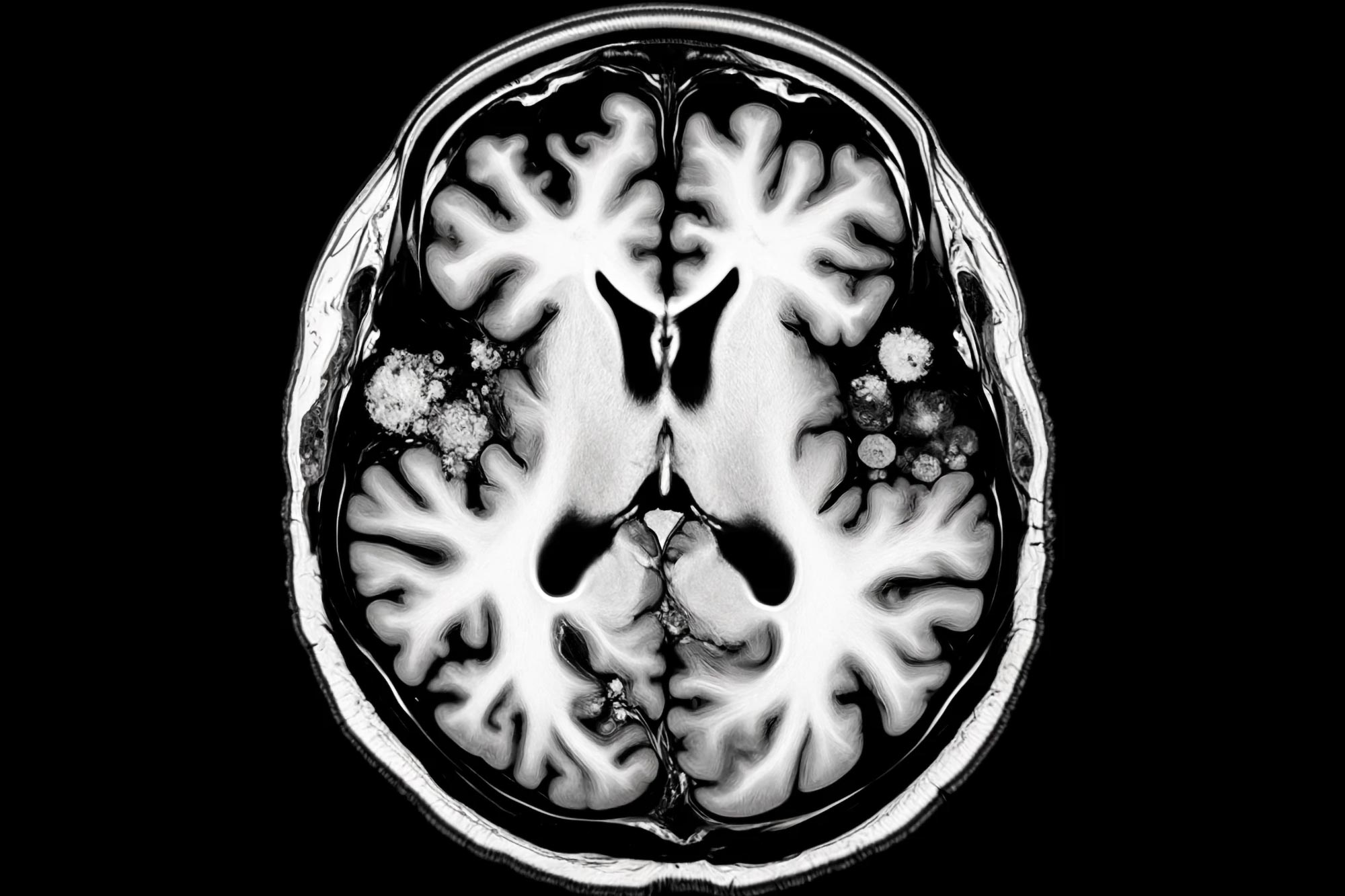ATPL Disease: The Hidden Threat Lurking In Plain Sight
So listen up, folks, because we’re diving deep into something that could be affecting your health in ways you might not even realize. ATPL disease, or Acute Triphasic Pulmonary Lesion, is a condition that’s been flying under the radar for far too long. You might be thinking, "What the heck is ATPL?" Well, buckle up, because we’re about to break it all down for you in a way that’s easy to digest but still packed with info you need to know.
Now, here’s the deal: ATPL isn’t exactly a household name, but it’s becoming more common than you might think. It affects the lungs, and if left untreated, it can lead to some pretty serious complications. But don’t freak out just yet—we’re here to give you the lowdown on what ATPL is, how it works, and most importantly, how you can protect yourself.
Before we dive deeper, let’s get one thing straight: ATPL isn’t just some random buzzword in the medical world. It’s a real condition that’s gaining attention from doctors and researchers alike. And trust me, you wanna know about it if you’re serious about staying healthy. So grab a snack, settle in, and let’s get started.
Read also:How Tall Is Greg Gutfeld Letrsquos Dive Into The Stats And More
What Exactly is ATPL Disease?
Alright, so ATPL disease, or Acute Triphasic Pulmonary Lesion, is essentially a lung condition that affects the respiratory system in three distinct phases. The "Triphasic" part refers to the three stages the disease goes through, which we’ll break down in a bit. But first, let’s talk about why this matters. Your lungs are kinda like the engine of your body—if they’re not running smoothly, everything else starts to suffer.
According to the World Health Organization (WHO), ATPL affects around 2% of the global population annually. That might not sound like a lot, but when you consider the sheer number of people on the planet, that’s a lot of folks dealing with this issue. And here’s the kicker: many cases go undiagnosed because the symptoms can mimic other respiratory conditions.
Key Symptoms of ATPL Disease
So, what does ATPL feel like? Well, it’s not exactly a walk in the park. Some of the most common symptoms include shortness of breath, chest pain, and persistent coughing. But there’s more—let’s break it down:
- Shortness of Breath: This is often one of the first signs people notice. It’s not just being out of shape; it’s a real struggle to catch your breath, even during light activities.
- Chest Pain: Think of it like a tight band wrapped around your chest. It’s not always constant, but it can be pretty intense when it flares up.
- Persistent Cough: We’re not talking about the occasional cough here. This is the kind of cough that sticks around for weeks, no matter what you do.
- Fatigue: Feeling wiped out all the time? ATPL could be the culprit, as your body works overtime to compensate for reduced oxygen levels.
Now, here’s the thing: these symptoms can overlap with other conditions like asthma or bronchitis, which is why so many cases of ATPL get misdiagnosed. But don’t worry—we’ll cover how to tell the difference later on.
Understanding the Three Phases of ATPL
One of the unique aspects of ATPL disease is its triphasic nature. The condition progresses through three distinct phases, each with its own set of symptoms and challenges. Let’s take a closer look at what happens during each phase:
Phase 1: Inflammatory Phase
This is where it all starts. During the inflammatory phase, your lungs become inflamed due to an overactive immune response. Think of it like your body’s defense system going into overdrive. Symptoms during this phase include:
Read also:Morgan Wade Exploring The Journey And Embracing Bisexuality
- Increased mucus production
- Wheezing
- Mild chest discomfort
Most people don’t realize they’re dealing with ATPL during this phase because the symptoms are relatively mild. But trust me, this is the time to catch it before things get worse.
Phase 2: Fibrotic Phase
Fast forward a bit, and we enter the fibrotic phase. This is where things start to get serious. Scar tissue begins to form in the lungs, making it harder for them to function properly. Symptoms during this phase include:
- Severe shortness of breath
- Intense chest pain
- Decreased lung capacity
At this point, the condition is much harder to manage, which is why early detection is so important.
Phase 3: Compensatory Phase
Finally, we reach the compensatory phase. This is the body’s last-ditch effort to adapt to the damage caused by ATPL. Unfortunately, this phase often leads to complications like heart problems and respiratory failure. Symptoms include:
- Extreme fatigue
- Cyanosis (blue tint to the skin due to lack of oxygen)
- Difficulty performing daily activities
By the time you reach this phase, medical intervention is critical. That’s why catching ATPL early is key to avoiding these serious complications.
Who’s at Risk for ATPL Disease?
So, who’s most likely to develop ATPL? Well, anyone can get it, but certain factors increase your risk. For starters, smokers and people with a history of respiratory issues are more susceptible. But there are other factors to consider as well:
- Age: Older adults are more prone to developing ATPL due to decreased lung elasticity.
- Genetics: Some people are genetically predisposed to the condition, so if it runs in your family, you might want to keep an eye out for symptoms.
- Environmental Factors: Exposure to pollution, dust, and other airborne irritants can increase your risk.
Now, here’s the good news: even if you’re in a high-risk group, there are steps you can take to reduce your chances of developing ATPL. We’ll cover those later, but for now, just know that prevention is possible.
How is ATPL Diagnosed?
Diagnosing ATPL isn’t always a straightforward process. Doctors typically use a combination of tests to confirm the condition. These can include:
- Chest X-rays: To check for abnormalities in the lungs.
- Pulmonary Function Tests: To measure how well your lungs are working.
- CT Scans: For a more detailed look at the lung tissue.
It’s important to note that ATPL can sometimes be mistaken for other conditions, so getting a proper diagnosis is crucial. If you suspect you might have ATPL, don’t hesitate to seek a second opinion if necessary.
Treatment Options for ATPL Disease
So, you’ve been diagnosed with ATPL—now what? The good news is that there are several treatment options available to help manage the condition. These can include:
- Medications: Corticosteroids and immunosuppressants are often prescribed to reduce inflammation and slow the progression of the disease.
- Oxygen Therapy: For patients with severe symptoms, supplemental oxygen can help improve quality of life.
- Lifestyle Changes: Quitting smoking, avoiding air pollution, and maintaining a healthy diet can all make a big difference.
While there’s no cure for ATPL, early intervention and consistent treatment can help you live a relatively normal life. So don’t lose hope—there are ways to manage this condition effectively.
Preventing ATPL: What You Can Do
Prevention is always better than cure, and when it comes to ATPL, there are plenty of things you can do to lower your risk. Here are a few tips:
- Stay Active: Regular exercise strengthens your lungs and improves overall respiratory health.
- Avoid Smoke: Whether it’s cigarettes or secondhand smoke, staying away from tobacco is one of the best things you can do for your lungs.
- Protect Yourself: If you work in an environment with lots of dust or chemicals, make sure you’re wearing proper protective gear.
Remember, small changes can add up to big results when it comes to protecting your health. So take charge and start making those positive adjustments today.
Living with ATPL: Tips for Managing the Condition
Let’s face it—living with ATPL isn’t easy, but it’s definitely manageable with the right approach. Here are some tips for making life with ATPL a little less challenging:
- Stay Informed: Knowledge is power, so keep up with the latest research and treatment options.
- Build a Support System: Whether it’s family, friends, or a support group, having people in your corner can make all the difference.
- Prioritize Self-Care: Stress can exacerbate symptoms, so make time for activities that help you relax and recharge.
You’re not alone in this journey, and there are plenty of resources available to help you navigate life with ATPL. Don’t be afraid to reach out for help when you need it.
Future Research and Developments in ATPL
As with many medical conditions, research into ATPL is ongoing. Scientists are working hard to better understand the disease and develop new treatments. Some promising areas of study include:
- Gene Therapy: Researchers are exploring ways to target the genetic factors that contribute to ATPL.
- Stem Cell Research: This could potentially lead to breakthroughs in repairing damaged lung tissue.
- Personalized Medicine: Tailoring treatment plans to individual patients based on their unique genetic makeup.
While there’s still much to learn, the future looks bright for those dealing with ATPL. Keep an eye on these developments, as they could mean big changes in how the condition is managed.
Conclusion: Take Control of Your Health
Alright, so we’ve covered a lot of ground here. ATPL disease might sound scary, but armed with the right knowledge and resources, you can take control of your health and manage the condition effectively. Remember, early detection is key, so don’t ignore those symptoms if you notice them.
And hey, if you found this article helpful, why not share it with someone else who might benefit from the info? Knowledge is power, and the more people who understand ATPL, the better. So drop a comment, hit that share button, and let’s keep the conversation going.
Table of Contents
- What Exactly is ATPL Disease?
- Key Symptoms of ATPL Disease
- Understanding the Three Phases of ATPL
- Who’s at Risk for ATPL Disease?
- How is ATPL Diagnosed?
- Treatment Options for ATPL Disease
- Preventing ATPL: What You Can Do
- Living with ATPL: Tips for Managing the Condition
- Future Research and Developments in ATPL
- Conclusion: Take Control of Your Health
Article Recommendations



